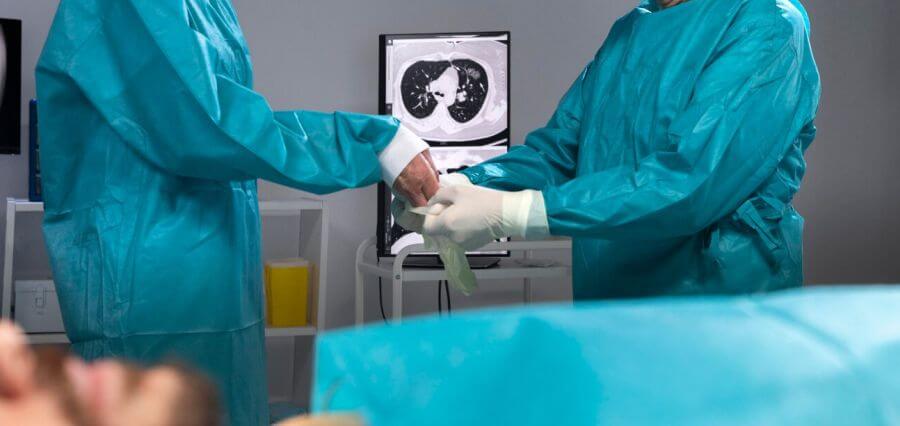Endoscopy collects tissue samples or biopsy to test diseases and conditions causing the following:
- anemia
- bleeding
- inflammation
- diarrhea
It detects some cancers of the upper digestive system.
The endoscopy procedure uses a scope that goes into the body, taking pictures or videos of organs and some other structures. The healthcare providers are using them for several functions, such as:
- screen
- diagnose
- treat conditions
Many types of endoscopy view different organs. There are three most common types of endoscopy, namely:
- colonoscopy
- upper endoscopy
- laparoscopy
What is endoscopy
An endoscopy is a procedure that examines the structures in the body with a closer look. During the endoscopy, a healthcare provider places a long thin tube or endoscope in the body, until it reaches the area or organ that needs to check. Most of the endoscopes have a special camera and light at the end. The scope will capture images or videos of organs or other body parts.
It displays on the screen that the provider sees it. Many endoscopes have special channels inside. The providers insert operating instruments to remove the tissue or perform surgery during the endoscopy. Endoscopy is a procedure done to check structures inside the body up close, using an endoscope to reach the organ or area that needs to be checked.
Most endoscopes have a special camera and light at the end, a specialized device to see inside the area being checked. Many endoscopes are designed with special channels inside. The providers insert operating instruments to remove the tissue or perform surgery on the endoscopy procedure.
Types of endoscopy
There are various types of endoscopy procedures, which work in the same basic way. The healthcare provider gently inserts a scope in the body opening or small incision. The scope will allow them to directly access parts of the body needed to treat or examine.
The key differences are:
Procedure name. The name usually reflects the organ a provider is checking. For instance, a colonoscopy is an endoscopy examining the colon.
Type of scope. The name reflects the organ. So, the endoscope used for the colonoscopy is called a colonoscope.
The procedure specifics were examined and the scope is different, such as:
- Anoscopy. The scope goes through the anus to look at the rectum and anus.
- Arthroscopy. The scope goes through the incision above the joint to look for conditions or damage like arthritis.
- Bronchoscop The scope goes through the nostril or mouth to look at the trachea and lungs.
- Colonoscopy. The scope goes through the anus to check the entire colon or large intestine.
- Cystoscopy. The scope goes through the urethra to examine it and the bladder.
- Enteroscopy. The scope goes through the mouth or anus to look at the small intestine.
- Upper endoscopy. The scope goes through the mouth to look at the esophagus, stomach, and the small intestine’s upper part.
- Hysteroscopy. The scope goes through the vagina to look at the uterus.
Any of these is provided by the healthcare provider who works on the procedure. But, see to it that you are getting the right one who performs the procedure.


